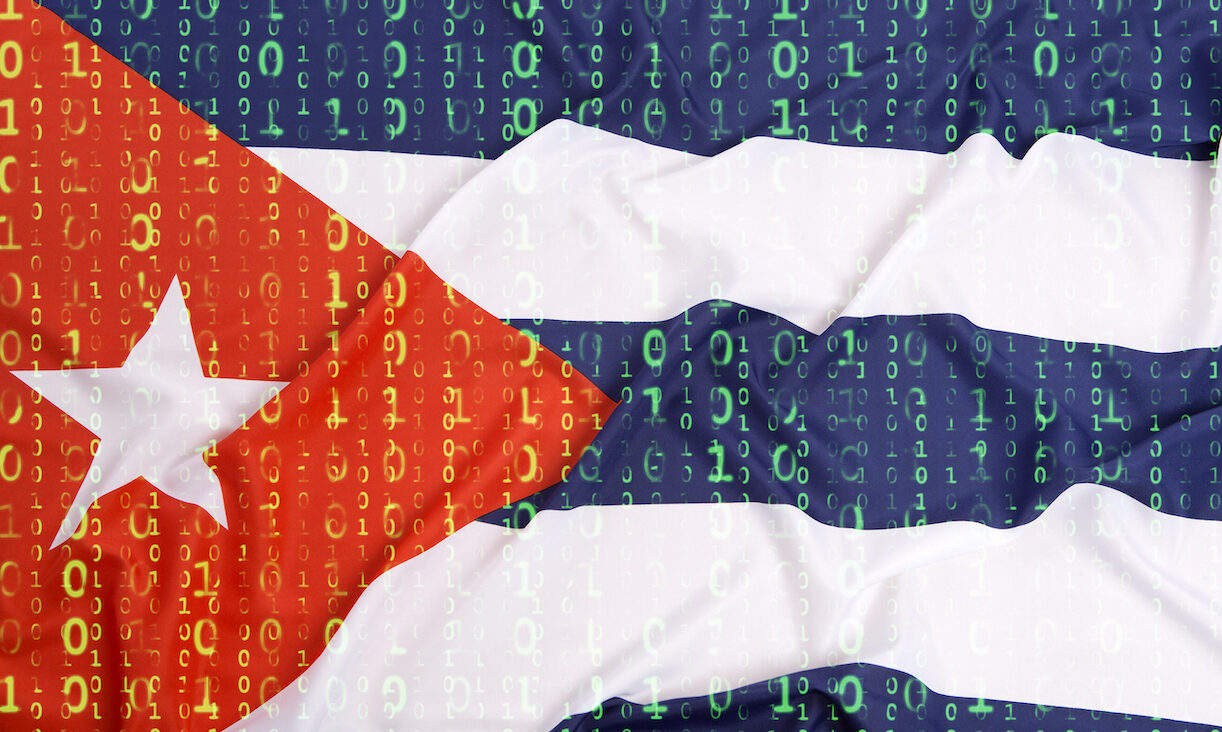The War for Headspace: NextGen cyberattacks aim to manipulate people’s minds
For thousands of years, the only two domains of war were land and sea. Nations fought battles with rudimentary weapons that were blunt, inaccurate or massive (siege weapons).
It was in World War I that a new domain – air – was added. Forty-three years later, in April 1961, space became the fourth domain when the Soviet Union launched Vostok 1 and Yuri Gagarin.
It would take another 50 years to add the next domain. In 2011, the United States Department of Defense officially incorporated cyberspace as the fifth domain of war. The advance of technology brought the ability to wage war and terrorism to our front door.
But it’s the next domain where future wars will begin. It’s a domain not constrained to a single geography, nation, or political party. This domain gets shaped throughout a lifetime, augmented by rapid technological change, and fueled by recent developments in generative AI.
The next domain is headspace. It’s where countries will wage the war for the mind. And someone will win before the first shots get fired. In this war, shaping the narrative will be as crucial as shaping the battlefield is to military planners. The ability to influence perception will become more valuable than the ability to tell the truth.
Disinformation has emerged as a new kind of warfare. Adversaries are leveraging it to erode truth and influence people to think and act in ways they might not have conceptualized. They are fueling Intimidation of those voicing opinions. And online violence has spilled over into real-world violence on a global scale.
The nature of the threat and the vectors of attacks are no longer just about ones and zeros. It’s evolving to the manipulation of perception to achieve a goal. It’s so vital to national security the Pentagon was exploring the ability to counter opinion and influence actions three months after 9-11.
Originally called the Office of Strategic Influence, it was a short-lived program that never got traction, especially after allegations of planting news stories, including false ones, around the globe.
Deceptions like these are not new tactics. During the Cold War, the ability to manipulate, influence, deceive, coerce and persuade the press was a staple,…



